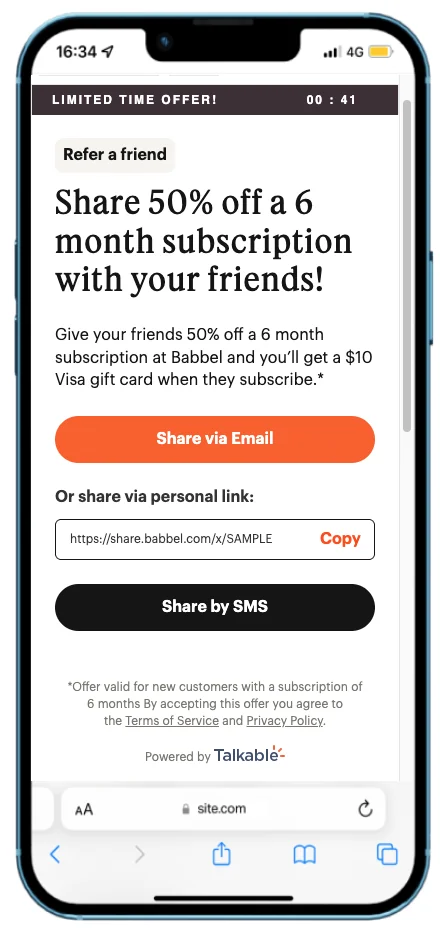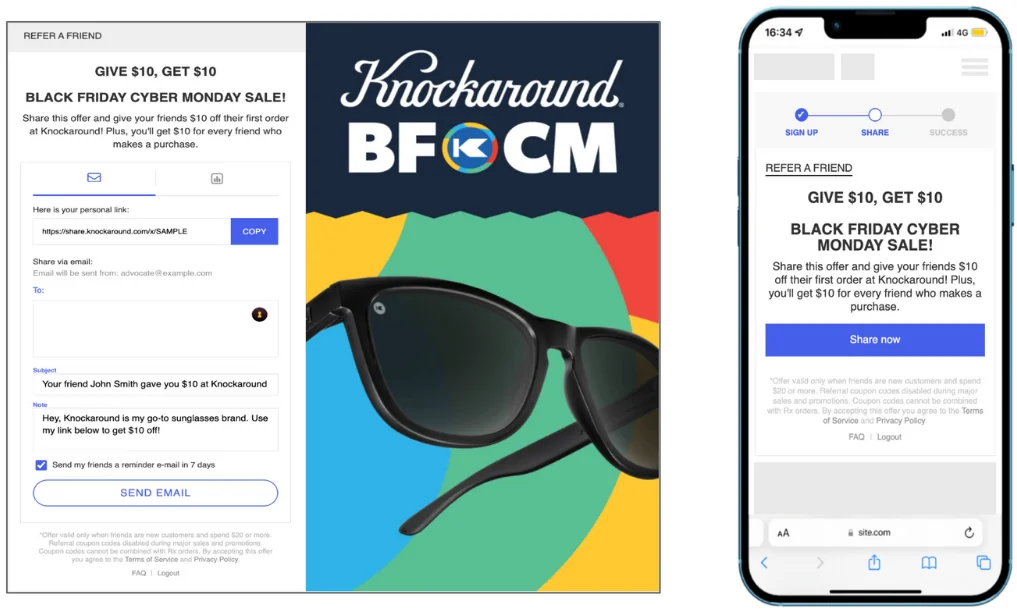 You can buy ads. You can run webinars. You can partner with influencers. But no growth strategy in eLearning has the staying power of word of mouth. When a student finishes a course and tells three friends it changed their career, that is not marketing. That is belief.
You can buy ads. You can run webinars. You can partner with influencers. But no growth strategy in eLearning has the staying power of word of mouth. When a student finishes a course and tells three friends it changed their career, that is not marketing. That is belief.
Turning students into ambassadors is not about bribery. It is about recognizing when someone has crossed from customer to advocate, and giving them the tools to spread the word.
This post breaks down how to identify your best student advocates, how to reward them without eroding trust, and how to build a referral engine that grows as your students succeed.
Why Ambassadors Matter in Online Learning
eLearning platforms live or die on credibility. Anyone can slap together a course and run ads. Students have become skeptical, especially after years of questionable bootcamps, overpriced webinars, and “certifications” with no weight.
What cuts through all of that is a real story from someone you know. “I took this course. It was actually good. Here is what happened.” When those stories stack up, you do not just get customers. You get advocates.
Ambassadors extend your brand into places no ad can go. Company Slack channels, private Discords, Zoom happy hours, and LinkedIn DMs are all examples of trusted spaces where real recommendations carry weight.
Step 1: Identify the Right People
Not every student should be an ambassador. You want people who:
- Finished the course and got value
- Have a visible online presence or network
- Share content already
- Are willing to vouch for your program publicly
Look at your completion data, your testimonials, and your social tags. Who is already talking about your program? Who reposted their certificate? Who left a review without being asked?
Those are your early ambassadors.
Step 2: Build a Program, Not Just a Perk
Many companies confuse referral programs with ambassador programs. The difference is depth.
- A referral program is open to anyone. The goal is to capture casual shares.
- An ambassador program is invite-only or selective. The goal is to cultivate long-term advocates who participate more deeply.
If you are building an ambassador program, treat it like a relationship. Give early access to new courses. Offer one-on-one check-ins. Ask for feedback. Feature them on your website. Let them help shape the product.
Ownership builds advocacy. If someone feels like they are part of your success, they will be more invested in growing it.
Step 3: Align Incentives with Motivation
Most students do not want a small discount. They want rewards that match their goals and values. This might include:
- Access to advanced content
- Resume-building titles like “Course Ambassador” or “Mentor”
- Co-branding opportunities through features or social media shoutouts
- Invitations to exclusive webinars or networking groups
- Priority support or private feedback channels
Recognition often goes further than cash, especially for professionals looking to build their credibility.
Step 4: Make Sharing Easy and Natural
Once you have your ambassadors, equip them with simple tools.
- A shareable landing page with a unique referral link
- Templates for social posts, emails, and DMs
- A dashboard to track referrals and see earned rewards
- In-course prompts to share at meaningful milestones
Do not overcomplicate it. Ambassadors want to help, but they are not full-time marketers. Your job is to reduce friction and keep it intuitive.
Step 5: Celebrate Results and Capture Stories
When an ambassador sends a successful referral, thank them. Publicly or privately, make it clear that their contribution matters.
Ask for their story. What changed after they took your course? What advice would they give to someone new? Capture this in quotes, videos, or short interviews. Their experience builds proof for others and reinforces their pride in what they’ve achieved.
These stories are more than testimonials. They are invitations for others to follow the same path.
Summing It Up
Your students are your most credible marketers. A handful of authentic ambassadors can outperform thousands of dollars in paid ads. They reach people you cannot. They speak with real authority. And they grow your brand through trust, not tricks.
By identifying advocates, aligning with their motivations, and creating a structure that makes it easy to share, you unlock a powerful growth channel rooted in community and belief.



